Ashtanga Vinyasa, a vital part of the Hatha Yoga system, consists of six fixed series with a set order of asanas. In this 300 hour yoga teacher training Bali we focus on the Primary Series and introduce you to the art of teaching Ashtanga Vinyasa.
Key Techniques and Practices
Ashtanga Vinyasa Opening and Closing Mantra: Learn the traditional opening and closing mantras that frame the practice and set a mindful intention.
Breakdown of Sanskrit Asana Names: Gain a thorough understanding of the Sanskrit names for each asana, improving your ability to teach and communicate effectively.
The Importance of Ujjayi Breath: Discover the role of Ujjayi breath in maintaining focus, rhythm, and energy during the practice of Ashtanga Vinyasa.
Drishti in the Asanas: Understand the significance of Drishti (gaze) in each asana to improve concentration and alignment.
Mastering Vinyasa Flow: Learn the fluid transitions of Vinyasa flow, including jumping back and front, to maintain the seamless flow of the practice.
Executing Chakrasana (Rollback): Learn the technique of Chakrasana to improve your practice and teaching repertoire.
Transitioning from Hasta Uttanasana to Urdhva Dhanurasana: Practice the transition from Hasta Uttanasana into Urdhva Dhanurasana (drop-back) and standing back up into Hasta Uttanasana, adding depth and complexity to your practice.
We will break down the asanas of the Primary Series and you will learn the alignment and sequence of the poses included
Surya Namaskar A
Surya Namaskar B
Standing postures
~ Padangusthasana
~ Padahastasana
~ Trikonasana
~ Parivritta Trikonasana
~ Utthita Parsvakonasana
~ Parivritta Parsvakonasana
~ Prasarita Padottanasana
~ Parsvottonasana
~ Utthita Hasta Padangusthasana
~Ardha Baddha Padma Uttanasana
~ Utkatasana
~ Virabhadrasana I
~ Virabhadrasana II
Sitting postures
~ Dandasana
~ Paschimottanasana A, B & C
~ Purvottanasana
~ Ardha Baddha Padma Paschimottanasana
~ Trianga Mukaikapada Paschimottanasana
~ Janu Sirsasana A, B & C
~ Marichyasana A, B C & D
~ Navasana
~ Bhujapidasana - jump back from crow pose to chaturgandandasana
~ Kurmasana
~ Supta Kurmasana - jump back from dwipadhastha asana to chaturagdanasana
~ Garbha Pindasana
~ Kukkutasana
~ Baddha Konasana
~ Upavista Konasana
~ Supta Konasana
~ Supta Padangustasana A & B
~ Ubhaya Padangustasana
~ Urdvha Mukha Paschimottanasana
~ Setu Bandhasana
Finishing postures
~ Urdvha Dhanurasana
~ Paschimottanasana
~ Savasana
~ Salamba Sarvangasana
~ Halasana
~ Karnapidasana
~ Urdvha Padmasana
~ Pindasana in Sarvangasana
~ Matsyasana
~ Uttana Padasana
~ Sirsasana
~ Balasana
~ Baddha Padmasana
~ Padmasana
~ Tolasana
~ Savasana

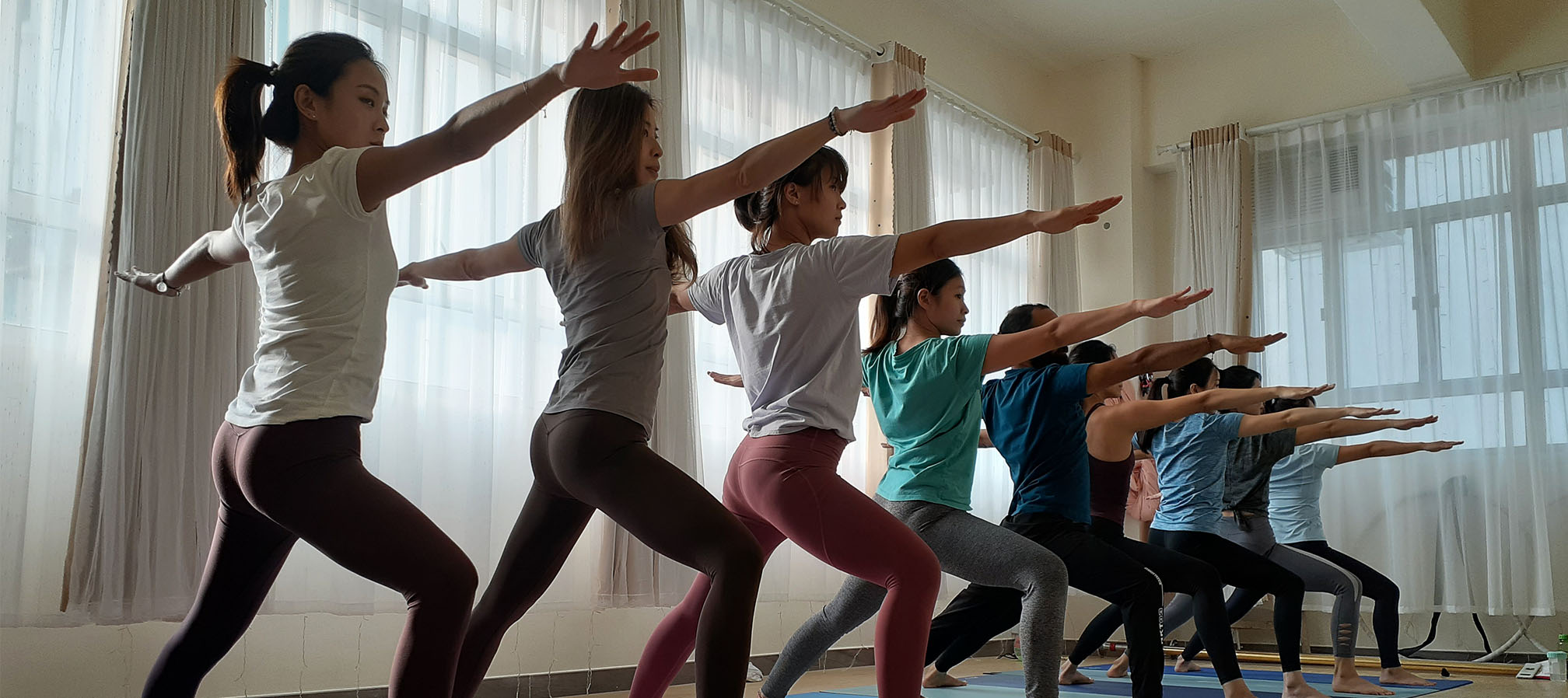

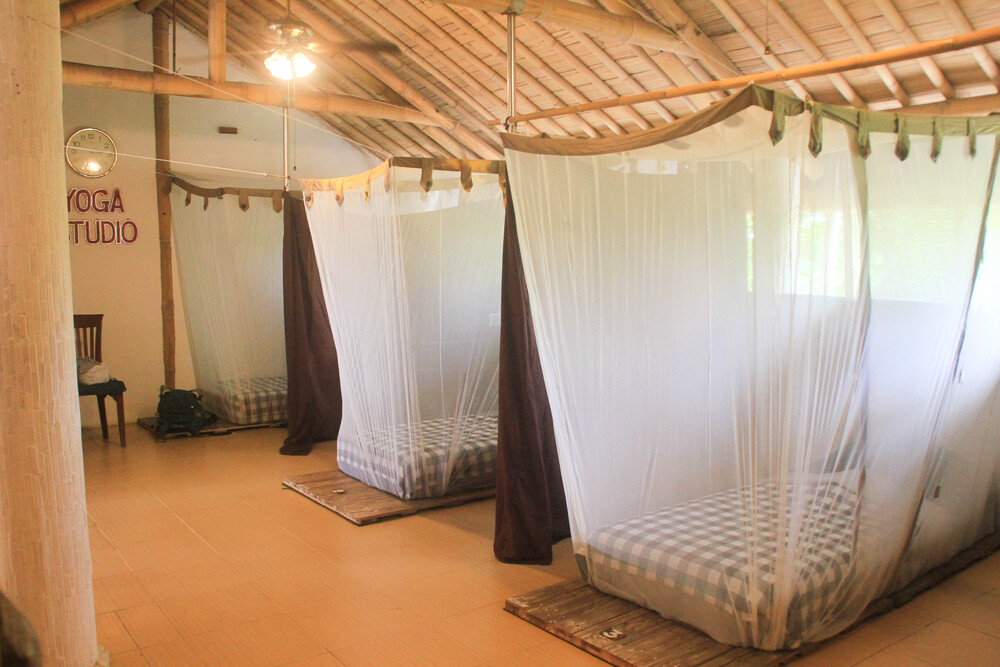
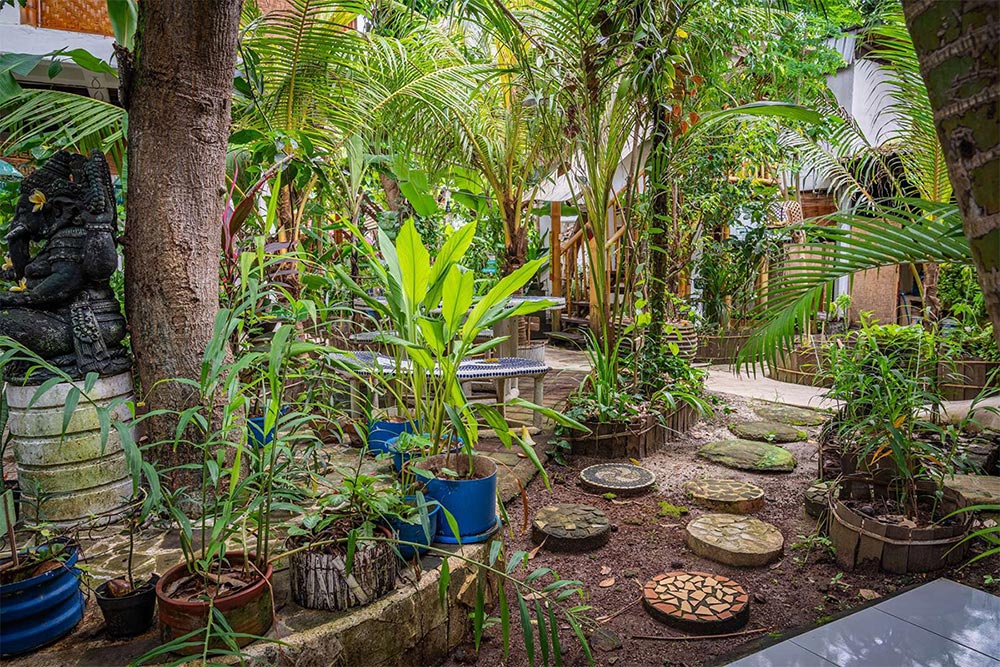
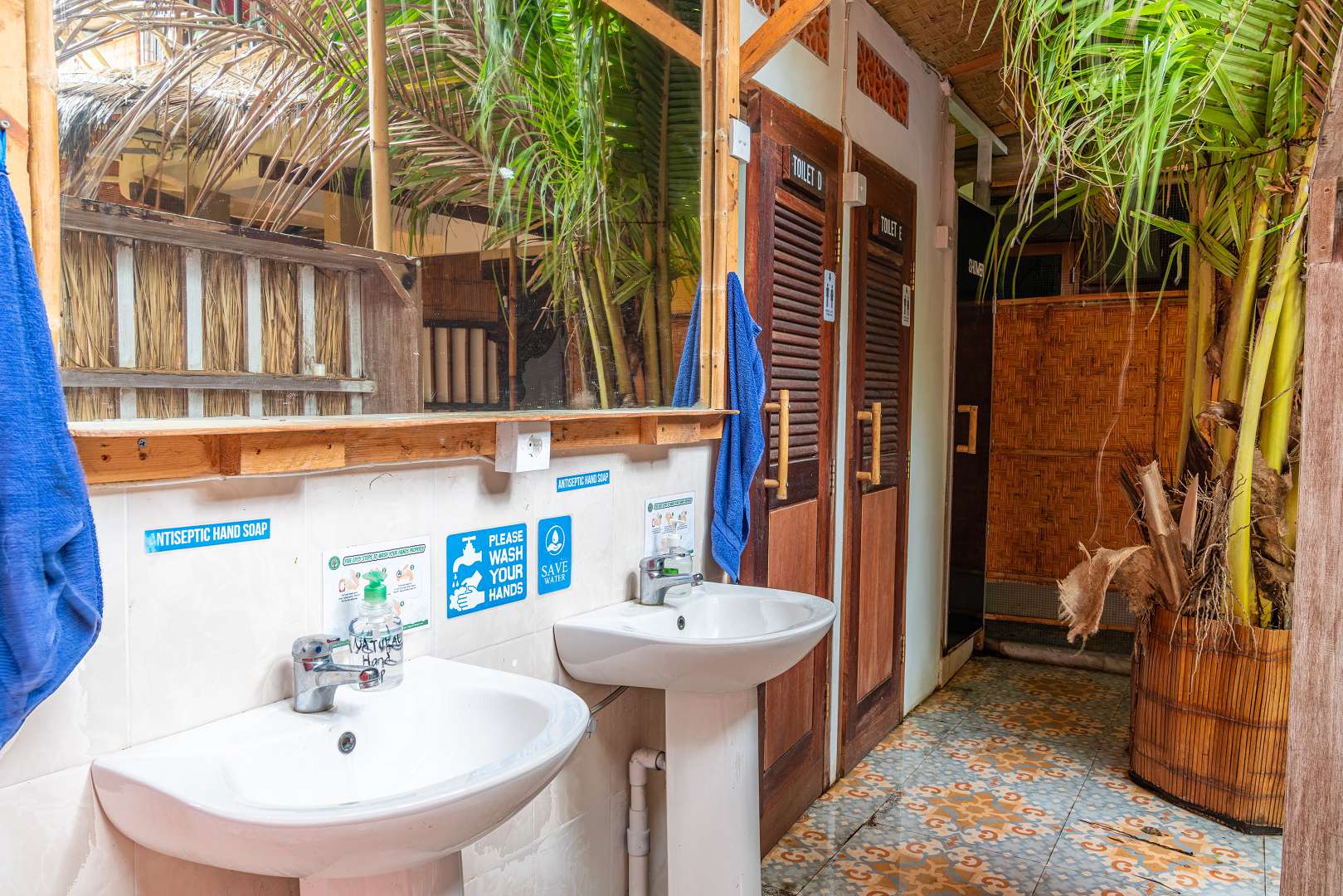
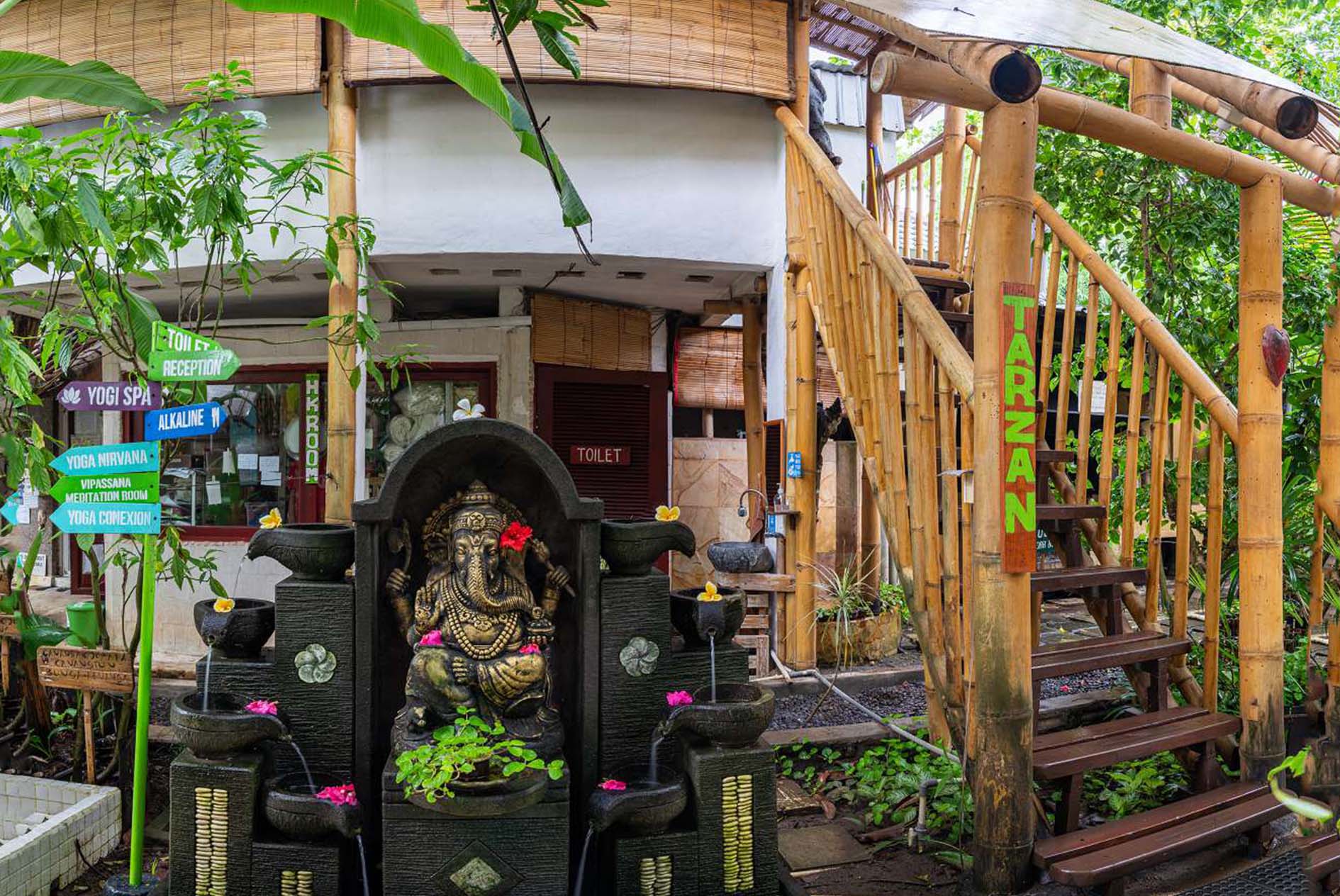
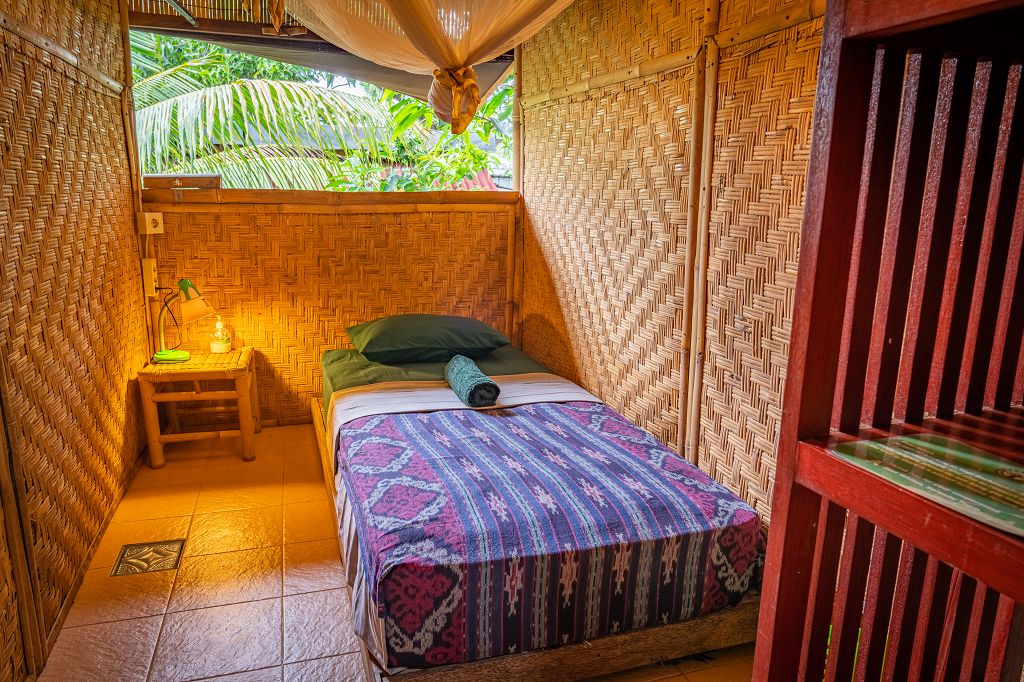
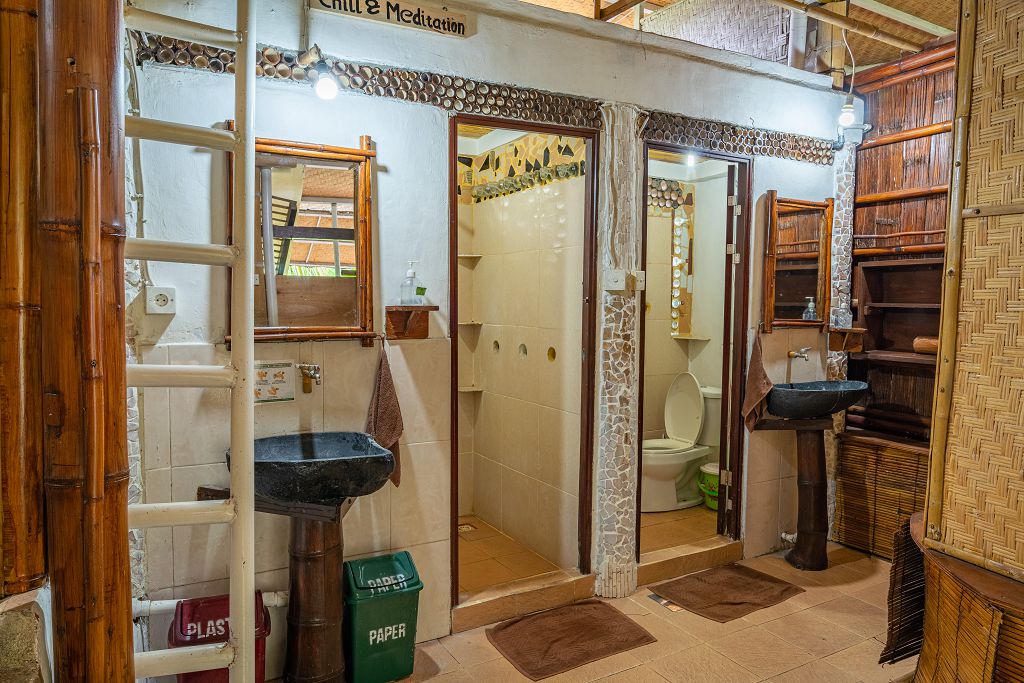
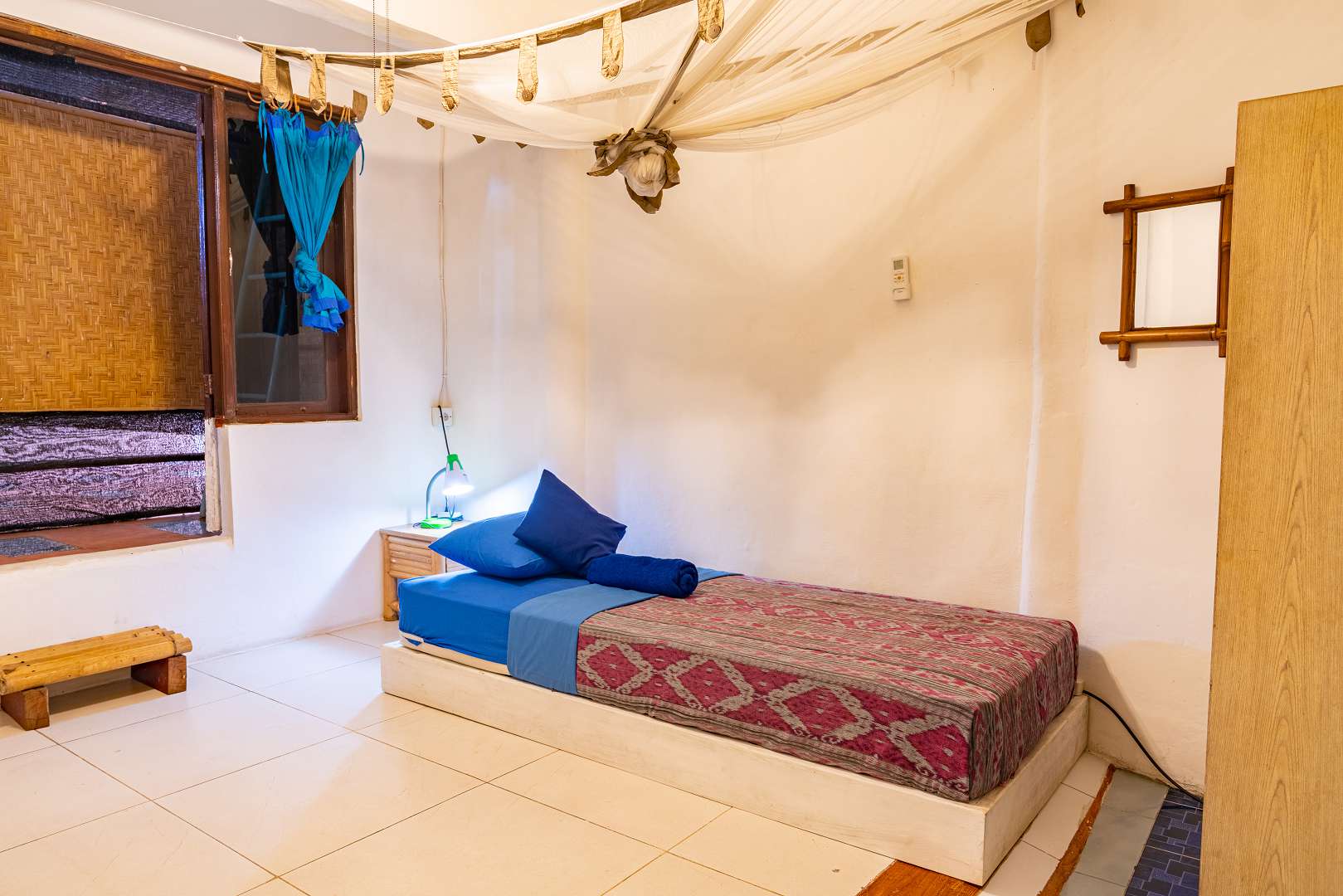
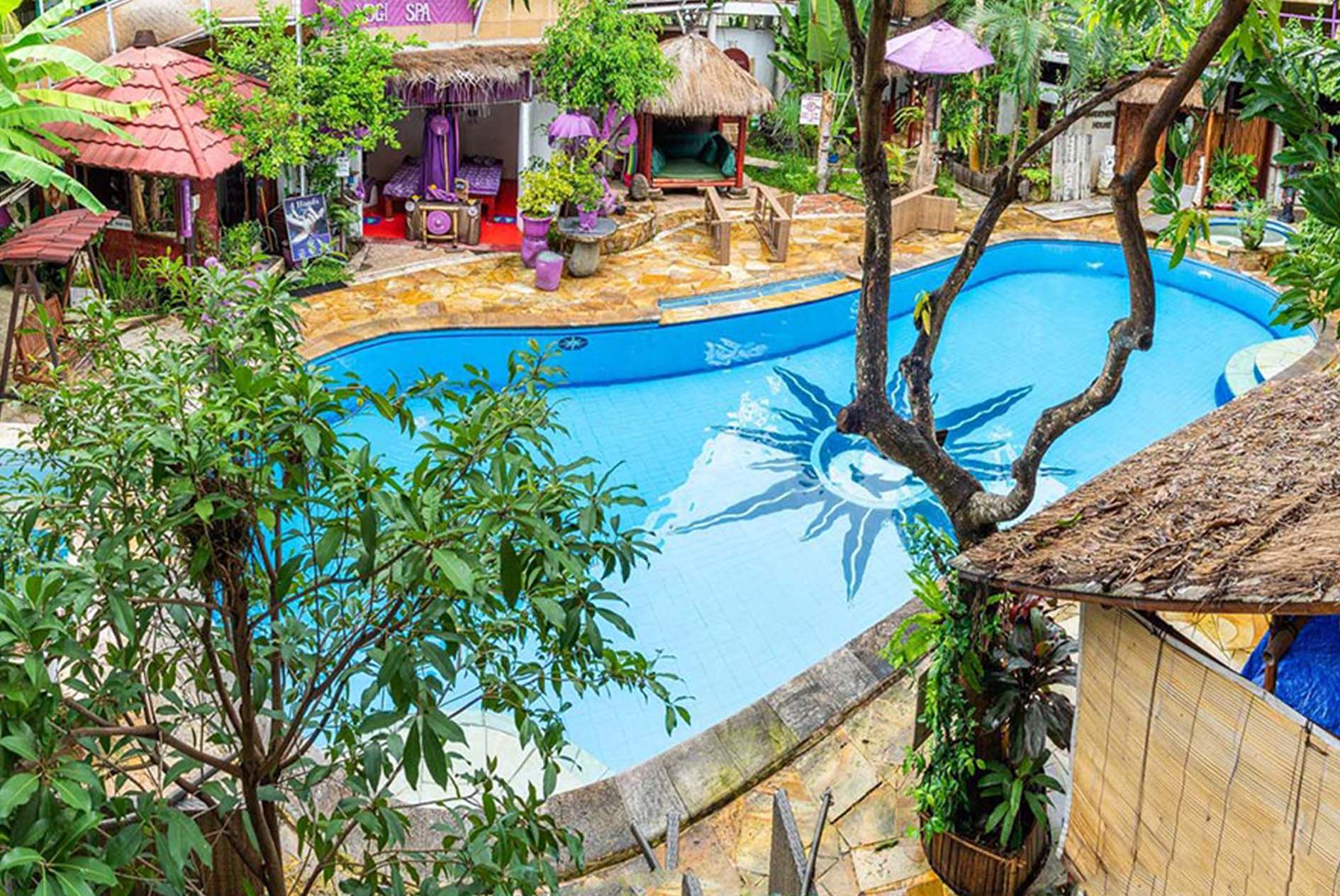

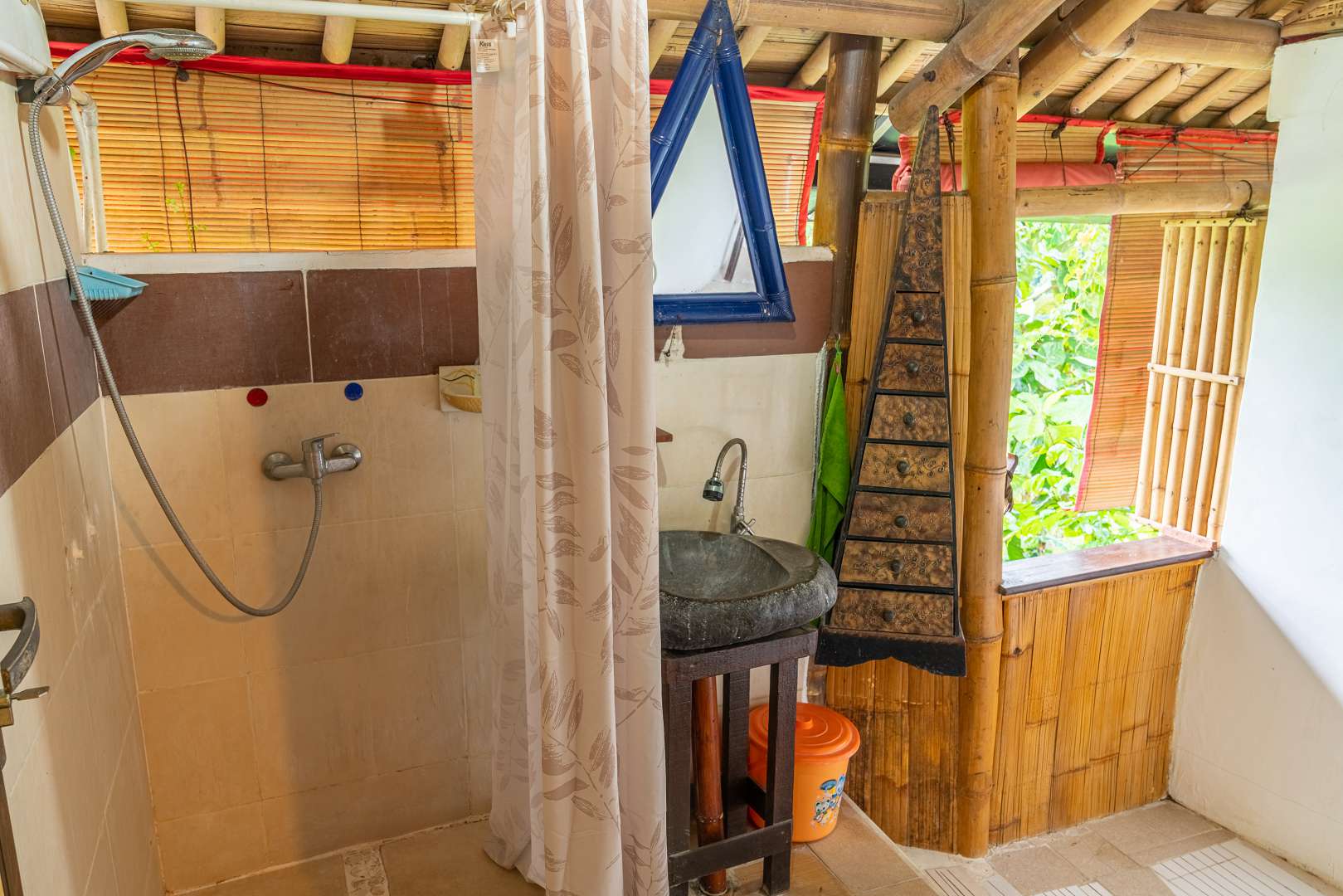

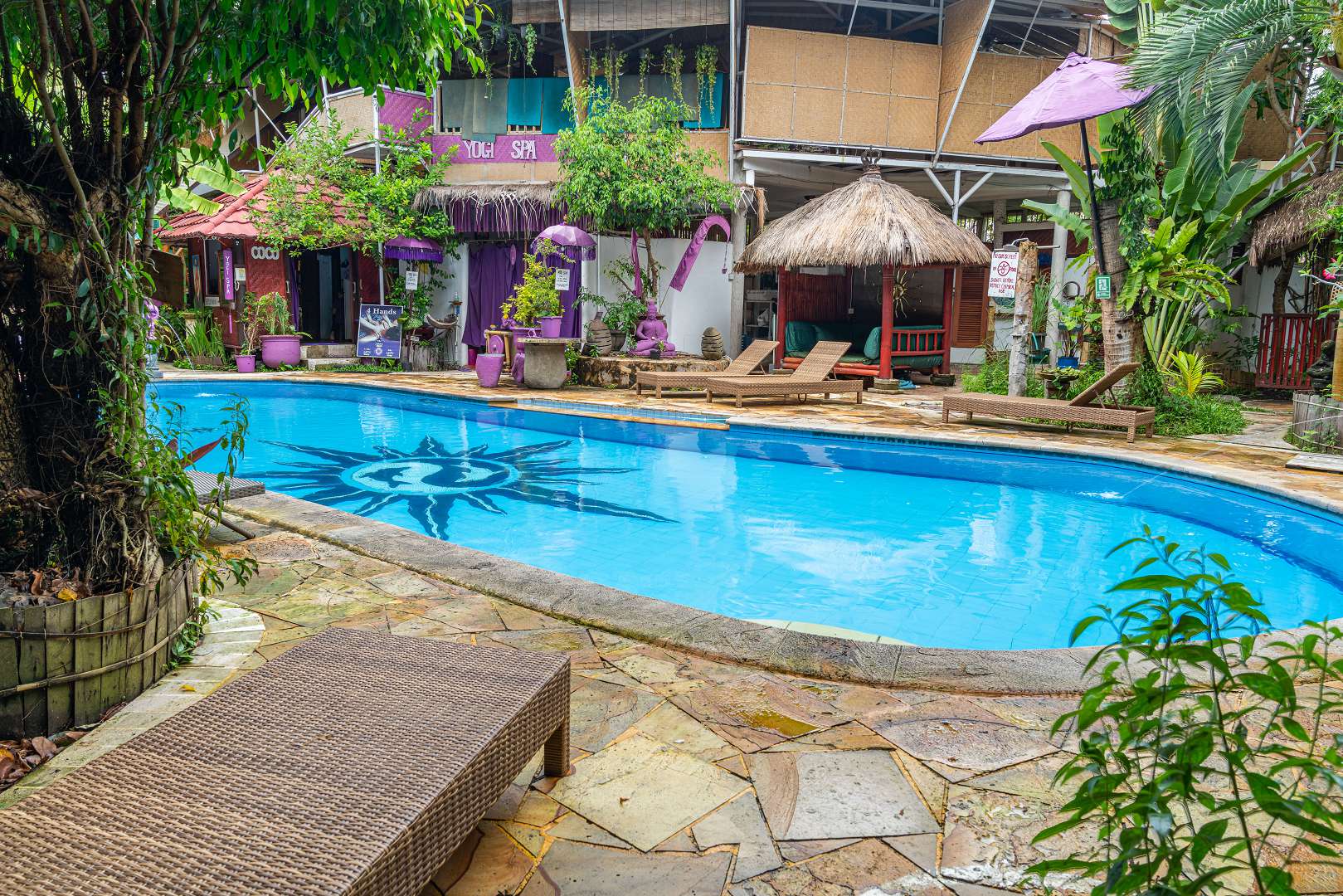

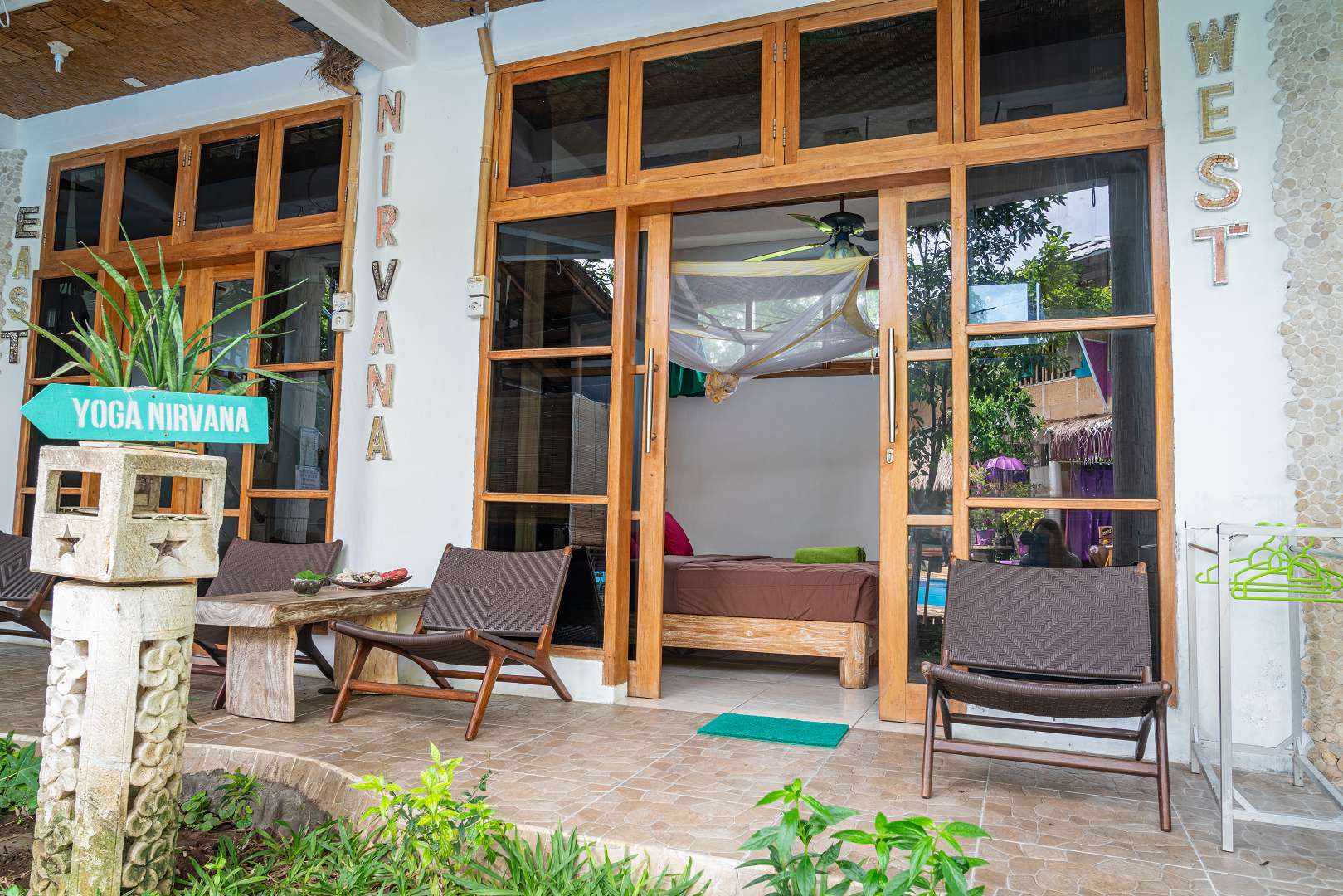
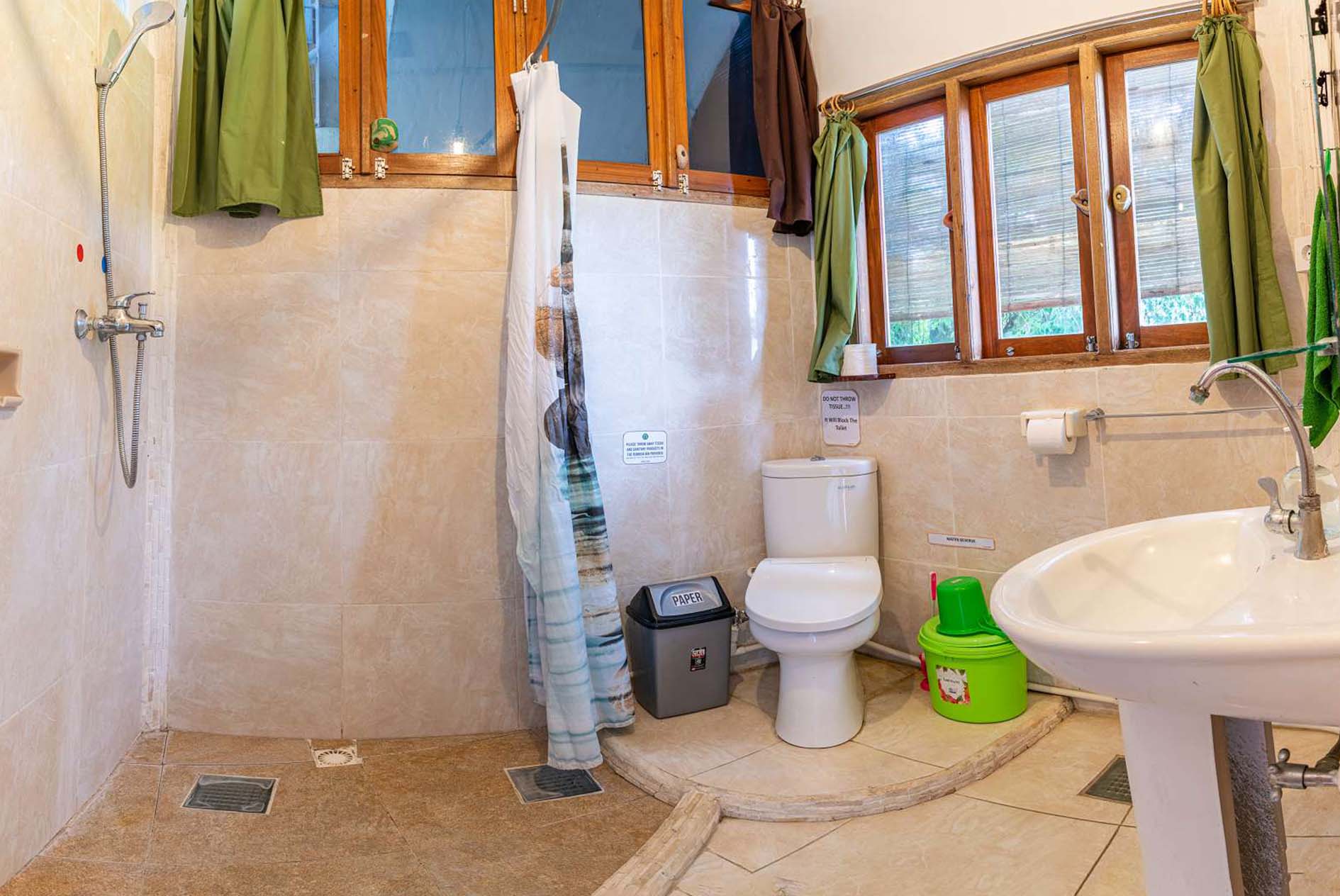
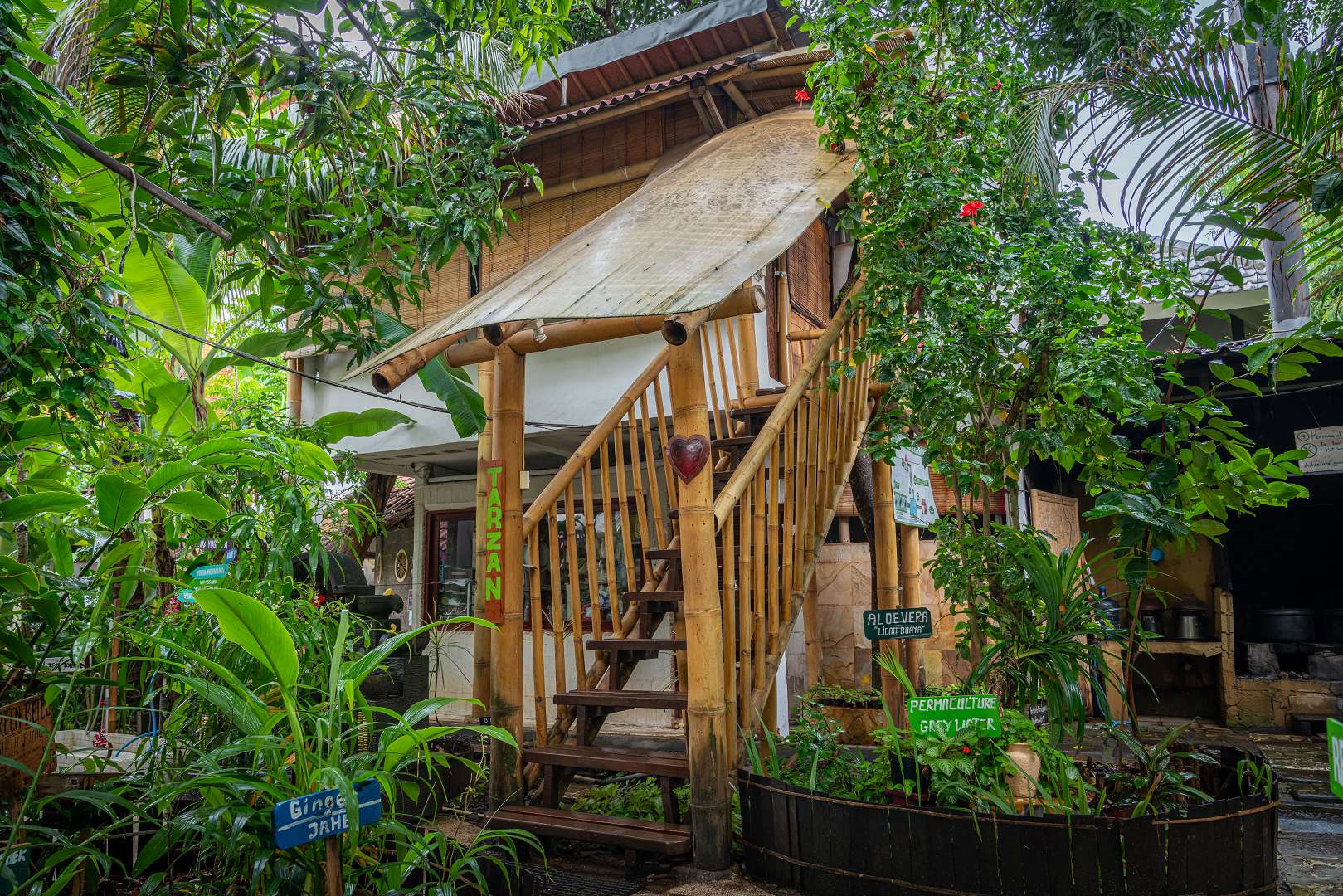
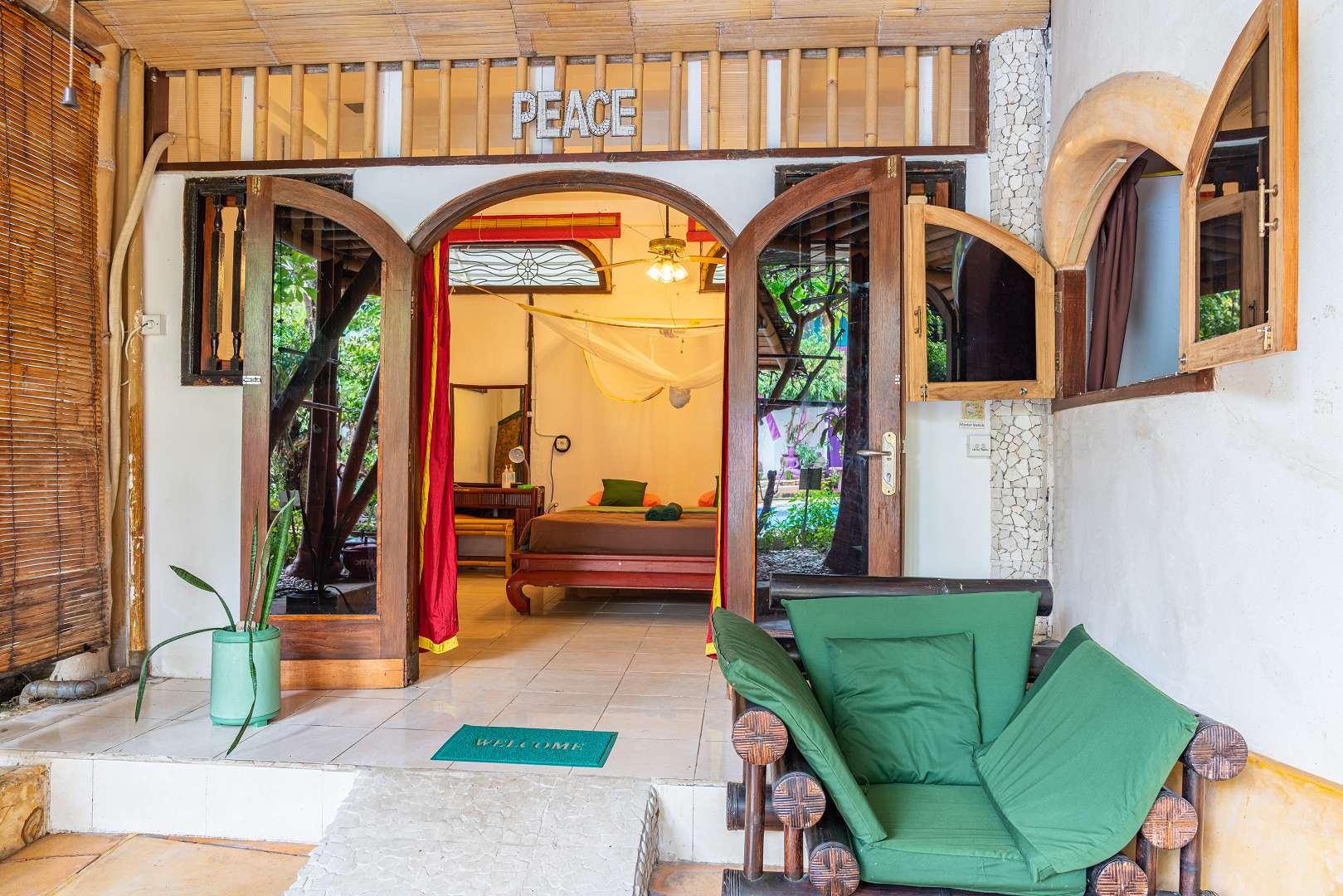
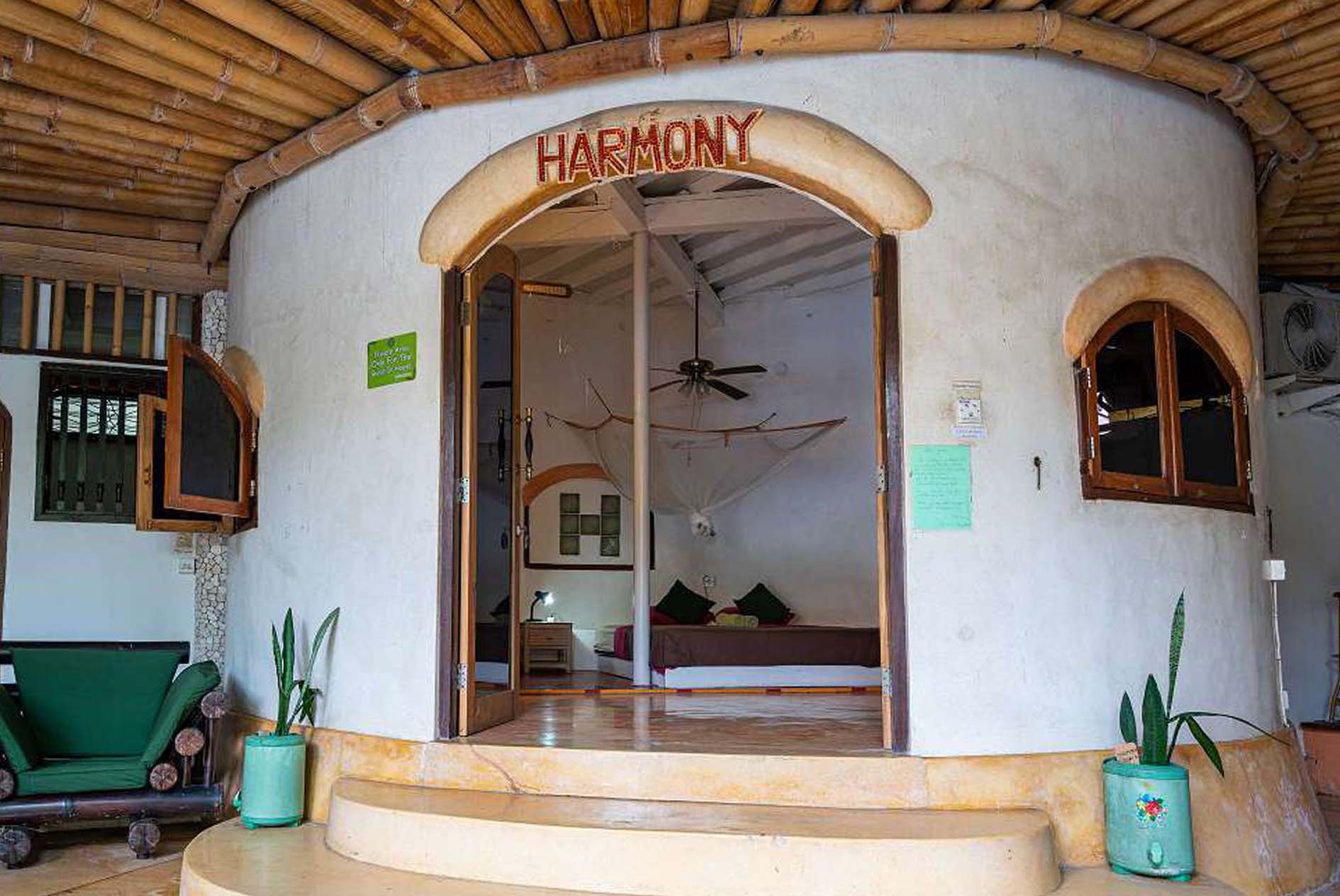
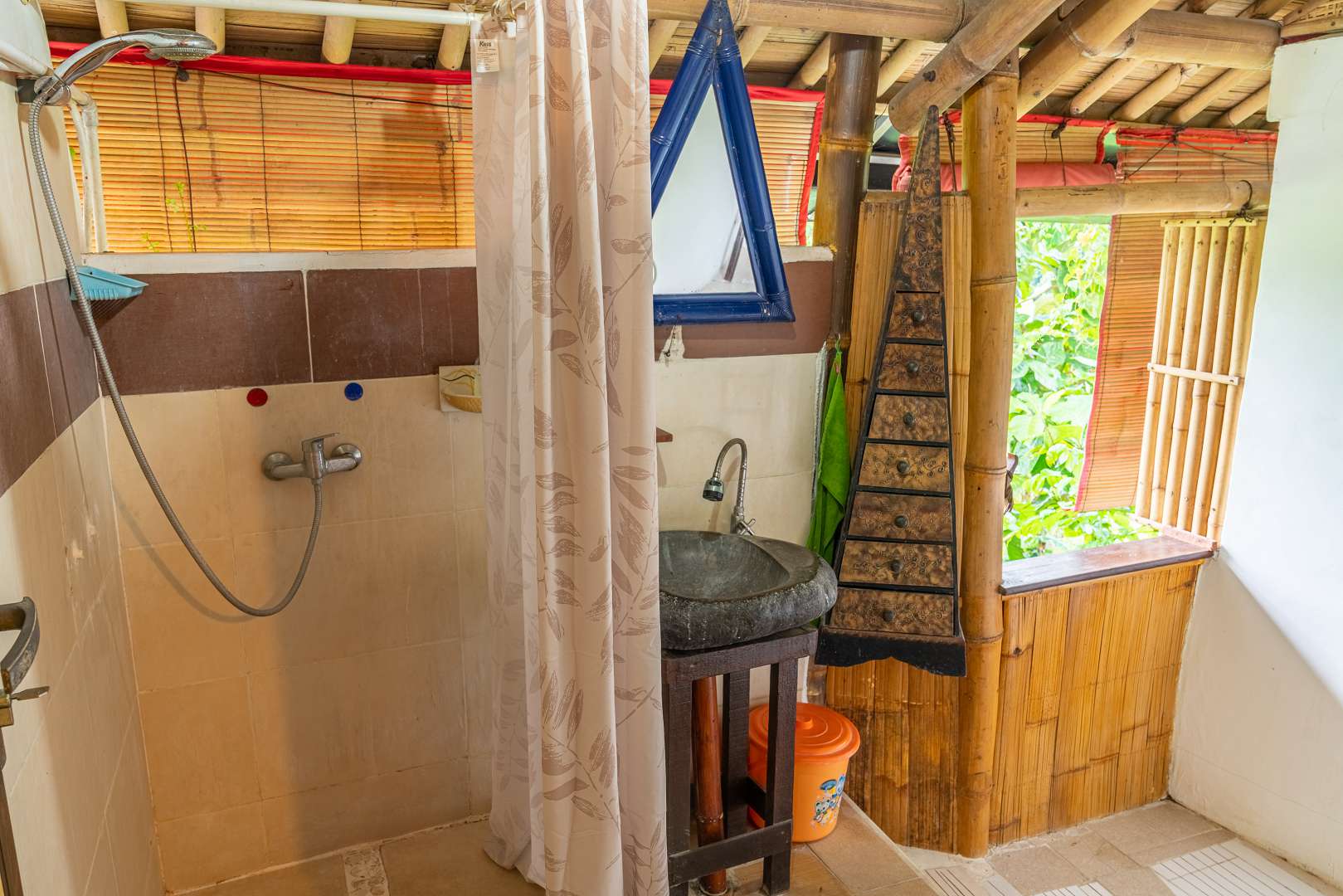
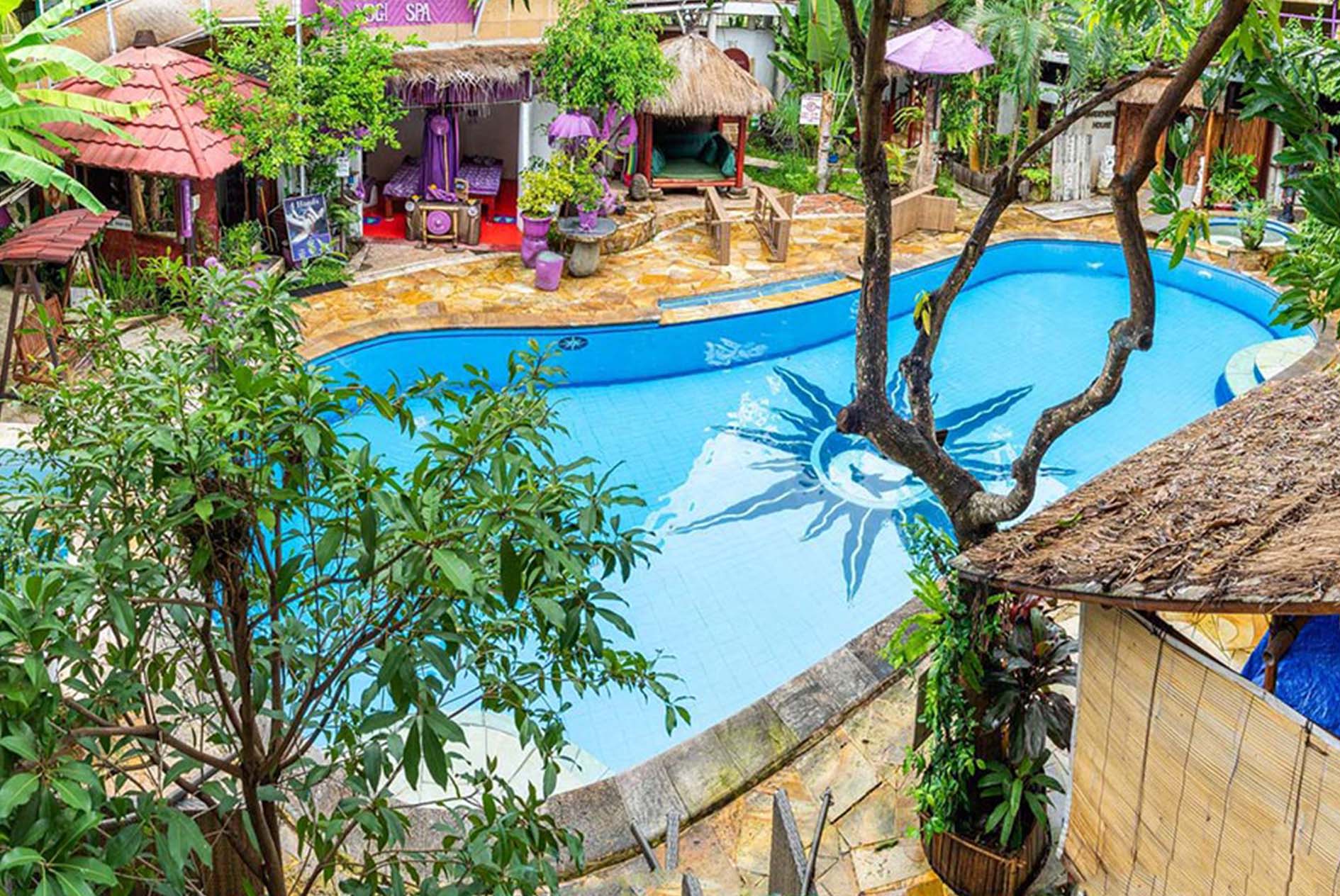
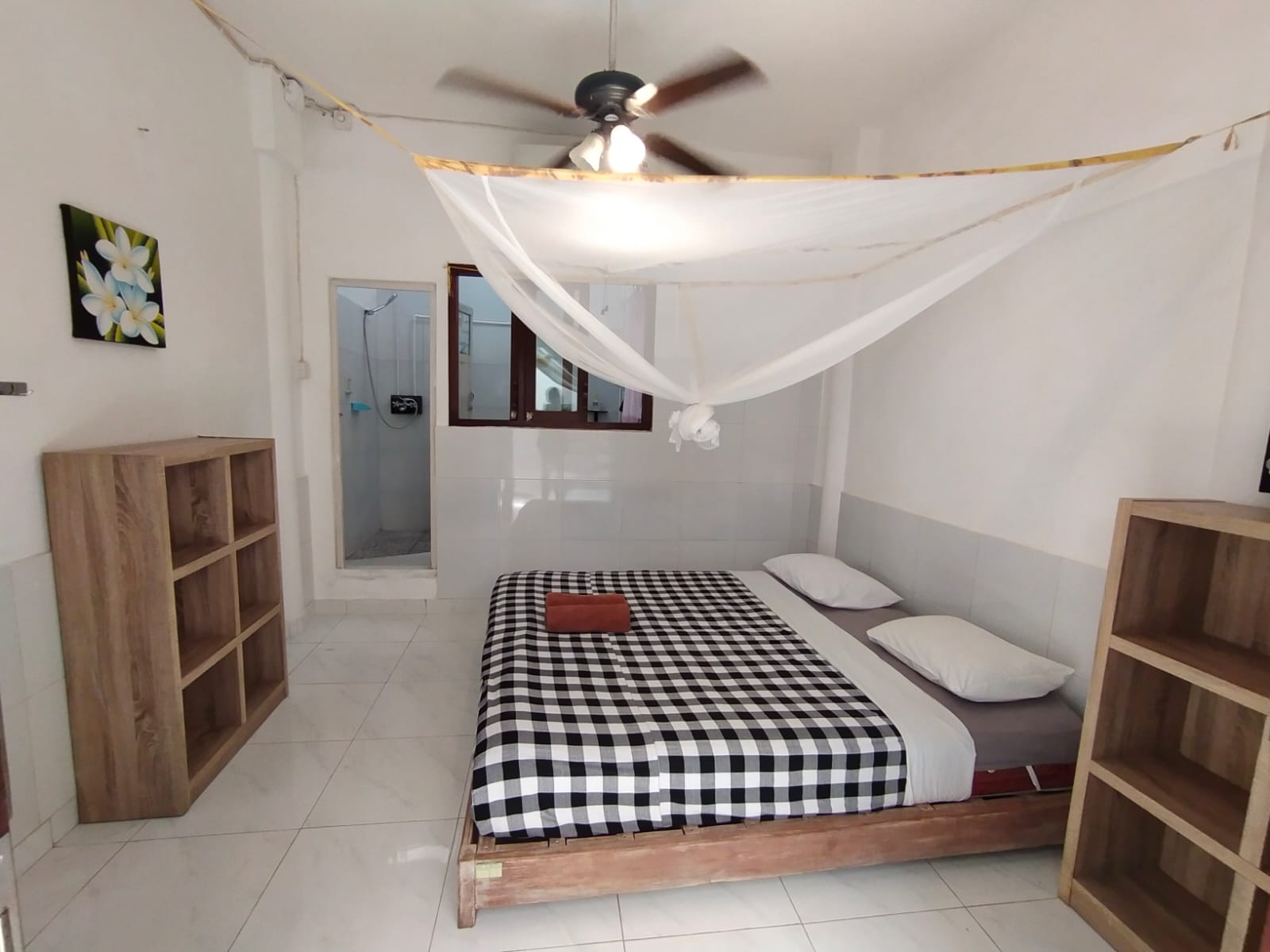


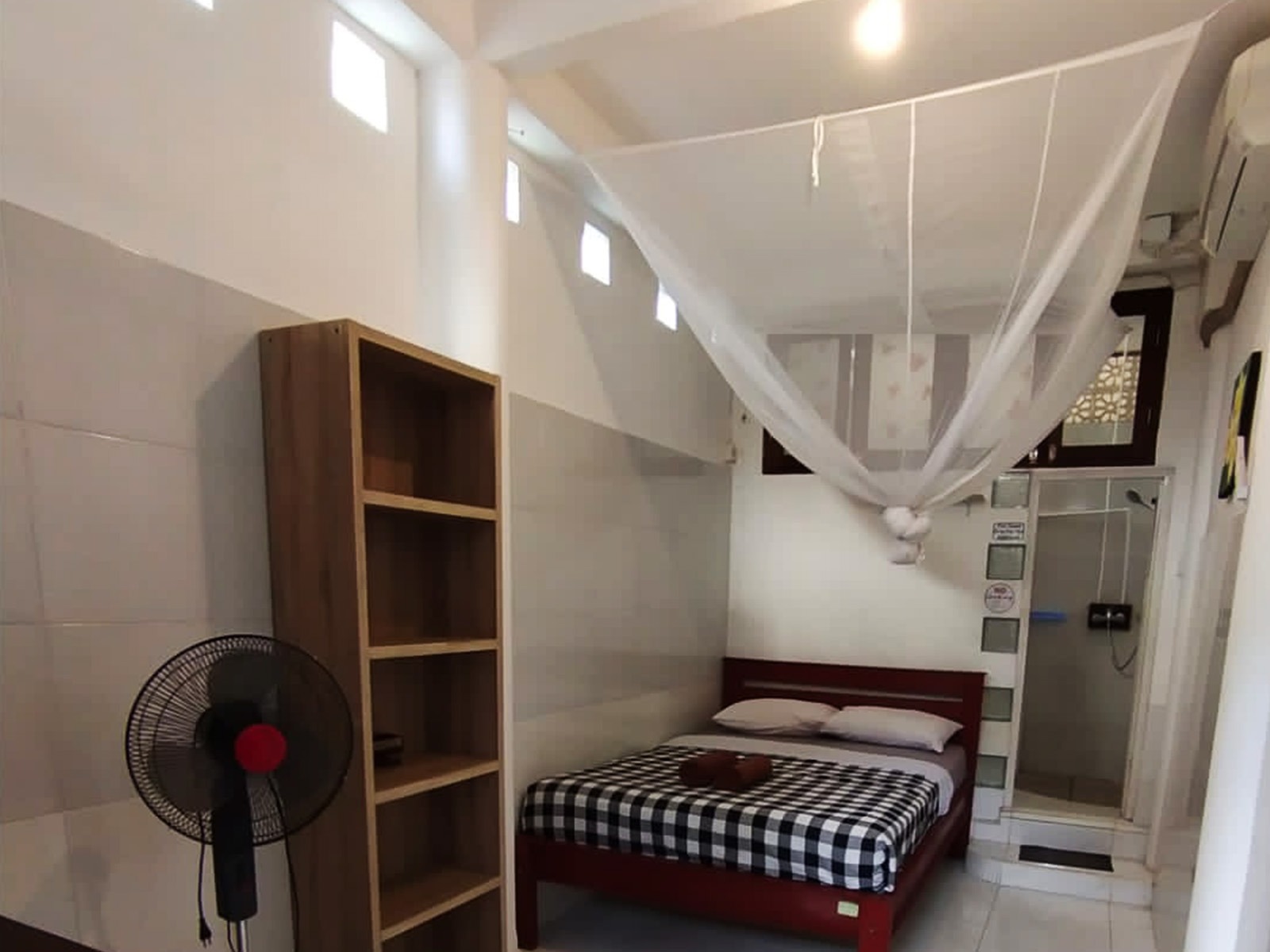
Dormitory
24 nights including breakfast in a mixed dormitory bedroom. Every bed has a personal mosquito net, reading lamp, safety box, wardrobe shelf, Wi-Fi access and shared bathroom.